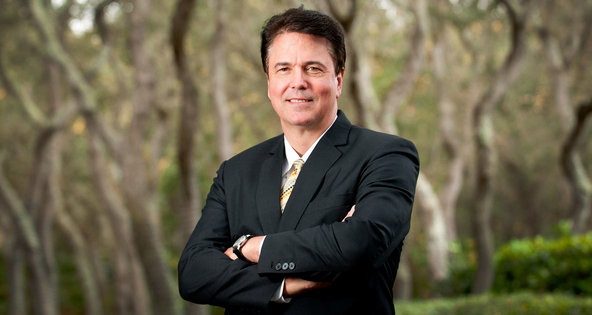The most-affected large economies have been those of India and Indonesia, two countries where many domestic and foreign investors are now rushing for the exits, exchanging local currencies for dollars. After months of declines, both countries’ currencies dropped further on Thursday, with the Indonesian rupiah and the Indian rupee falling about 2 percent before recovering some of their losses.
The currencies of Malaysia, the Philippines and Thailand also declined, although by less than 1 percent. Stock markets across most of the region fell Thursday, but share prices rebounded slightly in India after days of decline there.
South and Southeast Asia are being buffeted by broad shifts in international economics that are hurting emerging markets around the world. Those problems are compounded within Asia by local issues, notably the region’s dependence on the slowing Chinese economy and on costly imported oil, as well as large government budget deficits across much of the region.
Some Asian business leaders say they still hope the region can escape largely unscathed from broader troubles that are afflicting emerging markets this summer. Sofjan Wanandi, the tycoon who is the longtime chairman of the Indonesian Employers’ Association, said in a telephone interview Thursday that he believed Indonesia’s currency troubles were the result of a temporary failure by the government to formulate a response and communicate it clearly.
“We know the economy is O.K., but the government is not taking quick action,” he said, adding that he and other business leaders were working with the government on a policy statement to be issued Friday. “After that, we hope this will all be calmed down,” he said.
Largely unaffected on Thursday and in recent weeks have been the currencies of Asia’s two largest economies, China and Japan. China’s stock market has even posted a small rally this month on signs that an economic slowdown may be less severe than expected this autumn, although worries persist about next year.
With chronic trade deficits and a dependence on foreign investment, Indonesia and particularly India have faced the biggest problems in the region. The government of India has resorted to increasingly desperate measures in the past two weeks, like steeply raising taxes on imports of silver and gold, but it has been unable to halt the decline of the rupee, which is down more than 7 percent in August and more than 20 percent since the start of May.
Daily steep declines in the rupee are making it much harder for Indian companies to repay their foreign loans, many of them denominated in dollars. The rupee’s decline has also made real estate and other projects in India less attractive for foreign investors who count their profits and losses in dollars, prompting many of them to pull out as well.
As the Federal Reserve mulls tightening monetary policy in the United States in response to early signs of economic recovery there, rising interest rates on Treasury securities and other American financial instruments are drawing money away from emerging markets around the world.
Indonesia and other countries in Southeast Asia have been hurt by their dependence on China, where growth has not only slowed but has also begun shifting gradually away from industries dependent on commodity imports from Asian neighbors, like steel production, and toward service industries.
At the same time, South Asia and most of Southeast Asia, with the exception of the oil-exporting Malaysia, depend heavily on imports of oil that have become more expensive as turmoil in Egypt has pushed the price of Brent crude oil to nearly $110 a barrel.

Article source: http://www.nytimes.com/2013/08/23/business/global/currencies-drop-as-dollars-flee-asia.html?partner=rss&emc=rss
